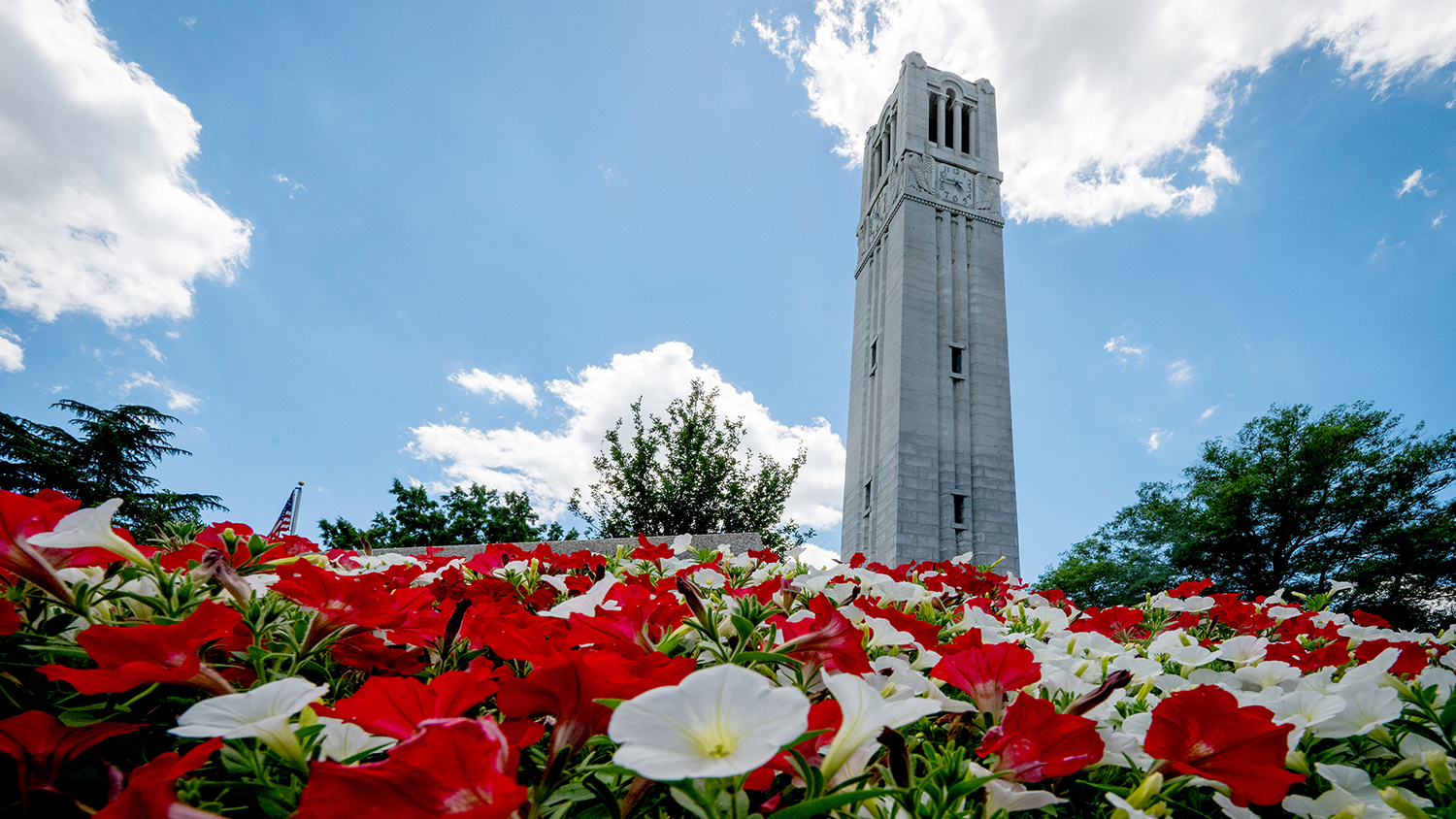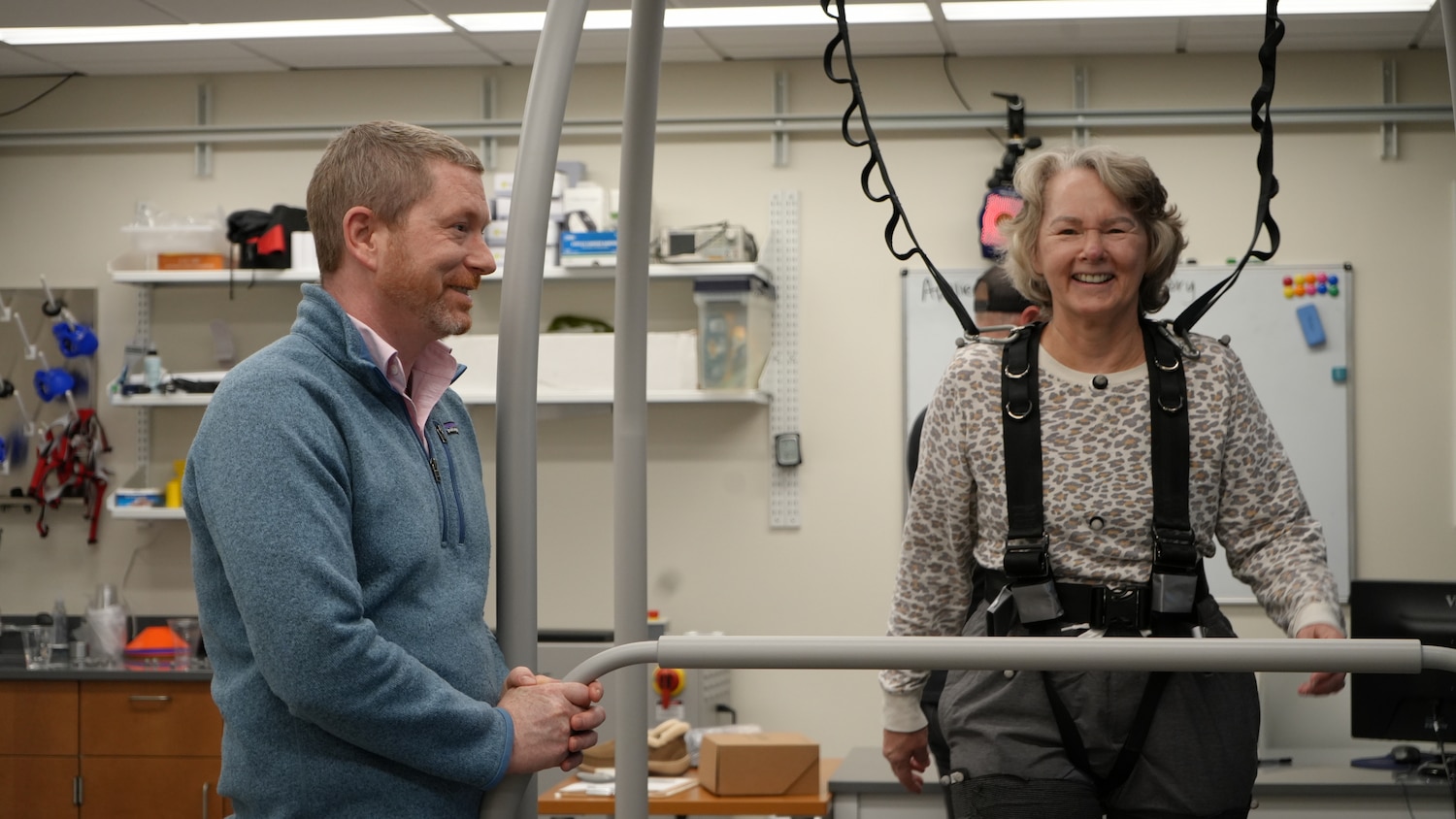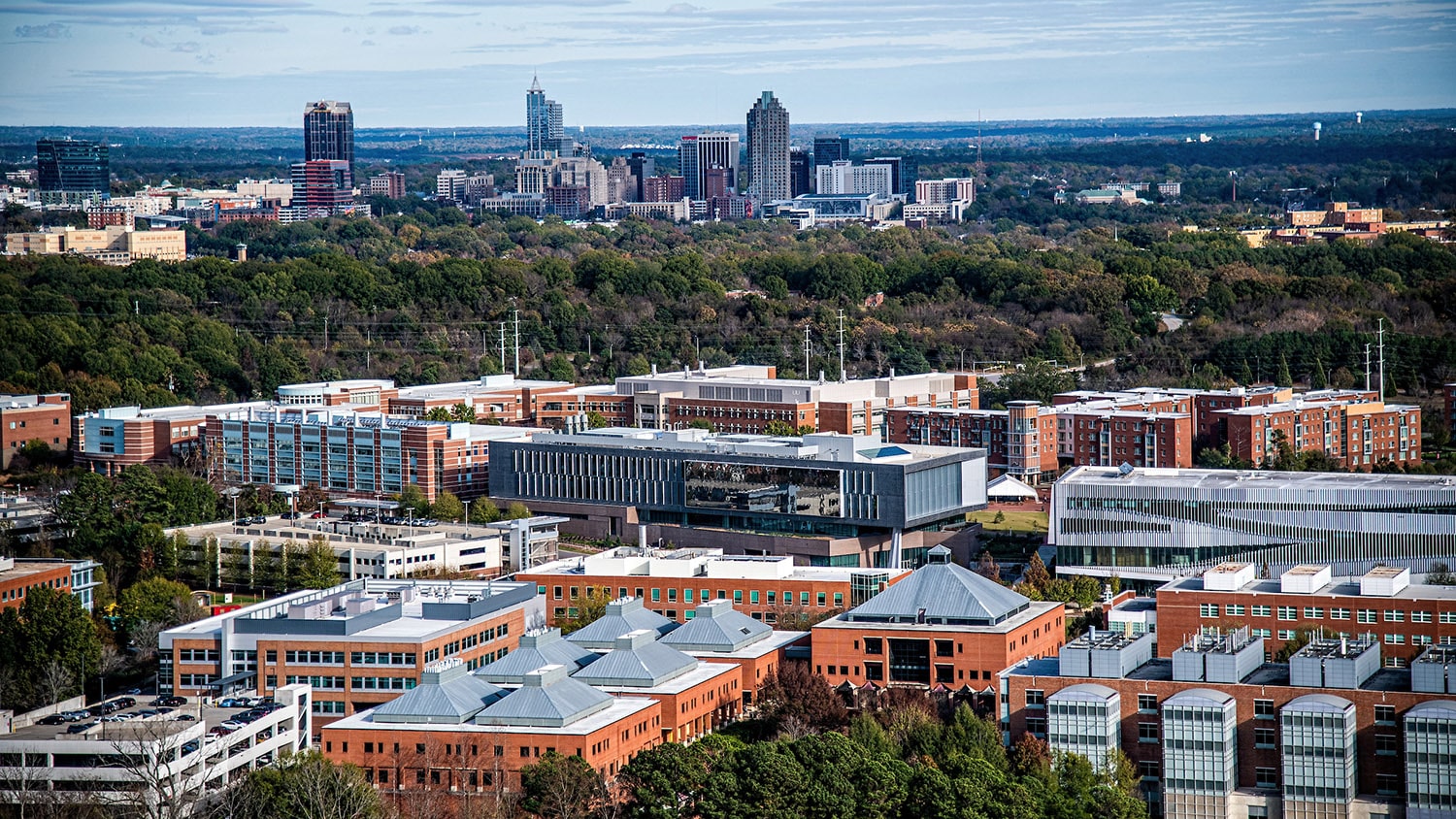NC State Partners in New National Science Foundation Center Dedicated to Domestic Rubber Production

Faculty members in the Department of Chemical and Biomolecular Engineering (CBE) at North Carolina State University are partners in a new National Science Foundation (NSF) Engineering Research Center (ERC) dedicated to establishing a domestic, alternative source of natural rubber.
The new center is entitled ERC: Transformation of American Rubber through Domestic Innovation for Supply Security or (TARDISS) and is led by Ohio State University. The activities in NC State CBE will be led by Research Professor Greg McKenna, principal investigator (PI), and co-PIs Sindee Simon, department head and Distinguished Professor, and Saad Khan, INVISTA Professor.
Natural rubber cannot be replaced by synthetic rubbers in a number of applications, including car and airplane tires, vibration isolators and specialty gloves. TARDISS will lead fundamental research supporting the creation of a “Silicon Valley of domestic rubber production” using other domestically sourced natural crops. Currently, the single commercial source of natural rubber (NR) is the tropical rubber tree (Hevea Brasiliensis).
This natural rubber is used extensively in 50,000 applications and products, either alone or in combination with other materials, due to its unique combination of properties, including abrasion resistance, dynamic mechanical properties, flexibility and strength, and it cannot be replaced by any synthetic rubber (SR) in many products.
The TARDISS “U.S. sunlight to material” vision harnesses the power of nature, creating bridges between engineering, biology and agriculture to revolutionize alternative NR production from domestic crops: guayule, rubber dandelion and mountain gum.
The importance of NR to the U.S. has officially been recognized since 1942. In 2019, 14 million tons of NR were produced globally with a market size of $23.5 billion, expected to reach $28 billion by 2026. The U.S. imported over $1.5 billion worth of NR for its own critical manufacturing needs and imported more than $15 billion worth of NR products.
A 2015 Rubber Journal Asia article asked, “What would industrial progress be without natural rubber? It’s hardly imaginable.” Unfortunately, NR production areas (all outside of the U.S.) are threatened by leaf blights: in 2020, 10 percent of production was lost because of blights across 500,000-hectare acreages in Southeast Asia. Shutting down supply chains coming from the tropics, mostly Southeast Asia, would paralyze the U.S. economy. COVID-19 and the war in Ukraine painfully exposed the vulnerability of supply chains, built on trust in a global economy.
Recently, President Joe Biden’s Executive Order for the National Biotechnology and Biomanufacturing Initiative stated that the initiative “will ensure we can make in the United States all that we invent in the United States,” and “will create jobs at home, build stronger supply chains and lower prices for American families.” Domestic production of “bio-based rubber for tires” was included. These issues point to the strong need to develop alternative NR sources: namely guayule, rubber dandelion and mountain gum, which have shown potential to be cultivated domestically in the areas identified in the TARDISS proposal. However, these alternative crops have problems that have proven intractable over time: (a) lack of understanding of how complex rubber molecules are produced in living organisms (biosynthesis); (b) much lower yield than Hevea; and (c) lack of effective processing methods.
At NC State, TARDISS activities will focus on the ERC hypothesis that full molecular characterization of Hevea and alternative NR will allow tailored crops to be designed for specific applications that change the landscape of alternative sources of natural rubber.
TARDISS is designed through convergent research to integrate biology and biochemistry- and materials-informed genetic modifications to create tailored cultivars that can produce specific NR variants targeted to specific user needs.
The center’s engineering and workforce development component seeks to create a new, expanding alternative NR agricultural and industry workforce. TARDISS’ vision for diversity and culture of inclusion will support underrepresented minorities and “neurodiverse” people within a sustainable innovation ecosystem supported by all
stakeholders.
NSF has awarded $25,996,433 for TARDISS over the five-year life of the grant. NC State will receive $2,035,474 for its contributions to the project. The center is eligible for renewed funding for a second five-year period. Texas Tech University; California Institute of Technology; University of California, Merced; Rensselaer Polytechnic Institute; and Case Western Reserve University are also TARDISS partners.
NC State’s College of Engineering has led three NSF ERCs in the history of the program. Two – the Center for Advanced Self-Powered Systems of Integrated Sensors and Technologies (ASSIST) and the Center for Future Renewable Electric Energy Delivery and Management (FREEDM) – are both still operating on the NC State campus after graduating from 10 years of NSF funding.
This post was originally published in College of Engineering News.
- Categories:


